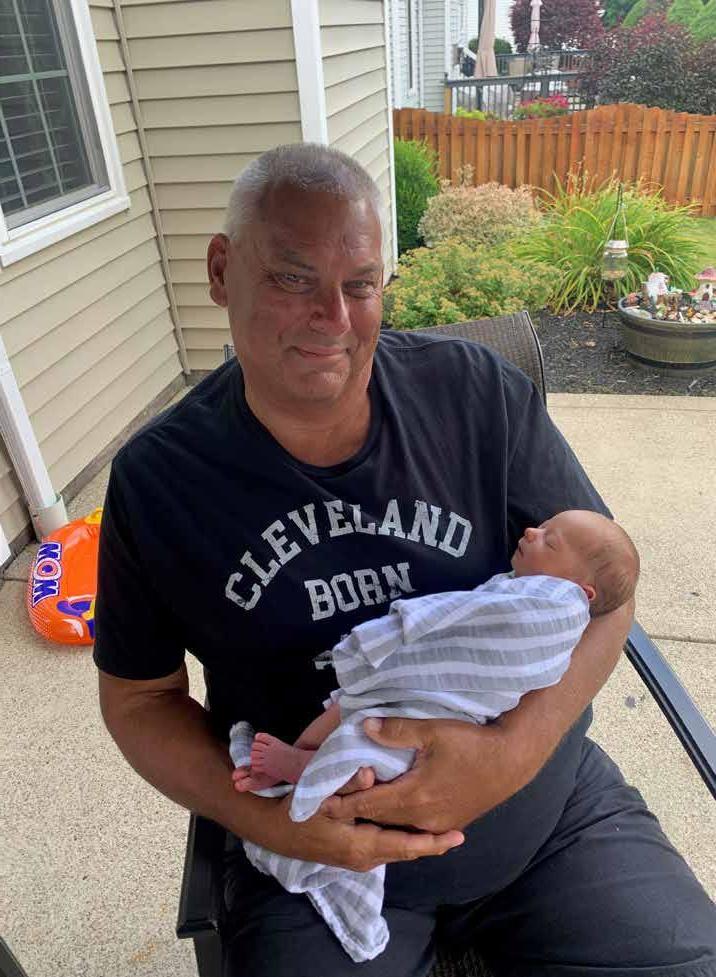Redefining the Academic Medical Center Through a multifaceted commitment to healing, teaching and discovery, academic medical centers represent the highest echelon of medicine. These institutions treat the sickest and most vulnerable patients, train the nation’s health care providers, and develop and test the medical innovations that advance care. Yet the traditional academic medical center model is under pressure from a host of challenges that include: changing consumer expectations, new entrants to health care who skim away the most profitable procedures, reimbursement levels that do not keep up with rising costs of care, and reduced funding available for research. University Hospitals is redefining what it means to be an academic medical center. Beyond our long affiliation with Case Western Reserve University School of Medicine,
UH collaborates with leading academic organizations around the globe to train the next generation of physicians and move medical research forward. Medical students from Case Western Reserve University School of Medicine locally train under UH mentors, but now so do medical students from Israel’s Technion University. In the research realm, UH also looks outward to complement the groundbreaking work of our own UH and CWRU physician-scientists. A key international initiative established in 2019 is the new Oxford-Harrington Rare Disease Centre with the Harrington Discovery Institute at University Hospitals and the prestigious University of Oxford, England. “There are faculty on both sides of the Atlantic, some at Oxford and some
here, who are working together on common scientific problems,” said Mukesh Jain, MD, Chief Academic Officer at UH and Ellery Sedgwick, Jr. Chair and Distinguished Scientist in Cardiovascular Research, UH Harrington Heart & Vascular Institute. “In the end, it’s about working with the best minds – no matter where they may be – to create the best outcomes for patients.”
The Harrington Discovery Institute, at the center of UH’s innovative approach to academic research, creates collaborations across the U.S. and the U.K. with many of the world’s leading researchers. Funded projects span the breadth of discovery from Alzheimer’s and osteoporosis to influenza A and chronic pain.
27
























